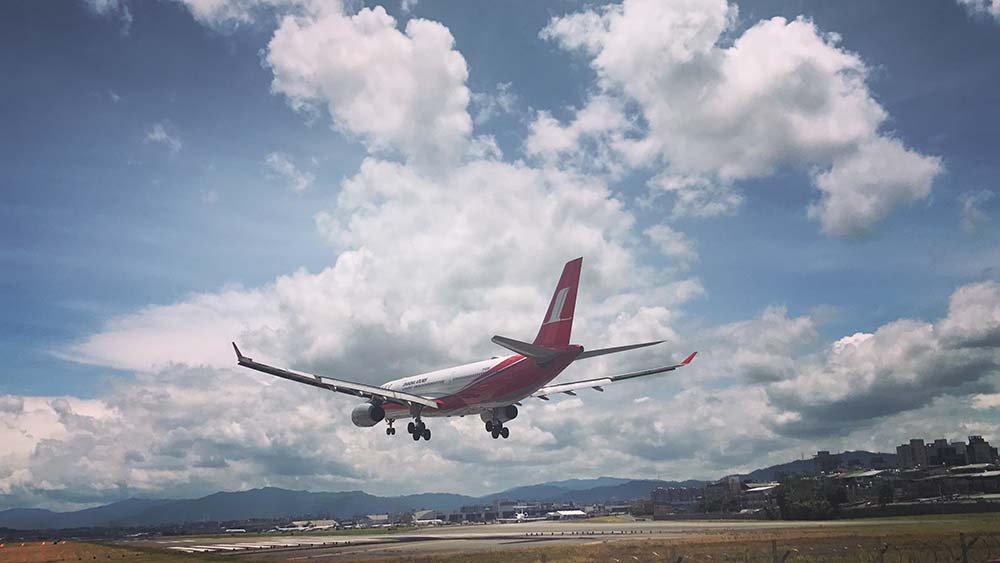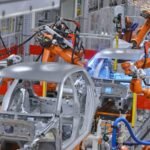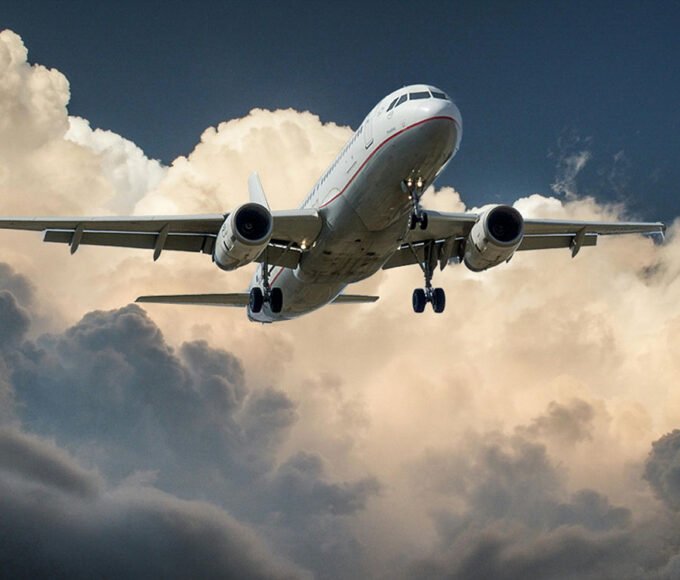Flying an aircraft efficiently is essential for airlines and private jet owners as it directly affects their costs, the environment, and overall safety. By implementing various measures to improve aircraft efficiency, pilots and operators can reduce fuel consumption, emissions, and operating costs while maintaining a high level of safety. Here are some ways to safely improve the efficiency of an aircraft.
Ways to Safely Improve the Efficiency of an Aircraft
Flight Planning and Navigation
Effective flight planning and navigation can significantly enhance aircraft efficiency. Pilots should plan their routes, altitude, and speed before takeoff to avoid adverse weather conditions and air traffic congestion. Advanced avionics and weather radar systems can help pilots find the most fuel-efficient and safe routes to their destinations. Navigation tools such as GPS can help pilots avoid unnecessary detours, and they can use the latest weather information to plan their flights, ensuring they can avoid turbulence, storms, or strong winds, which can increase fuel consumption.
Weight Management
Maintaining an optimal weight is vital for efficient aircraft operation. They carry extra weight, whether passenger or cargo, increasing fuel consumption and operating costs. Operators should ensure that they are not carrying unnecessary weight and that their aircraft is loaded according to the manufacturer’s recommendations. Aircraft manufacturers provide weight and balance calculations; operators should use them to determine the optimal weight distribution and balance. Overloading can cause stability issues, compromising safety and increasing fuel consumption.
Maintenance
Regular maintenance is crucial for ensuring that an aircraft operates efficiently and safely. Aircraft maintenance includes routine inspections, repairs, and upgrades. Operators should strictly follow the maintenance schedule provided by the manufacturer to ensure that their aircraft is in excellent condition. Properly maintained aircraft consume less fuel and emit fewer emissions, ensuring optimal engine performance and extending the aircraft’s life.
Upgrades
Upgrading an aircraft with new technology can improve its efficiency and reduce operating costs. Modern aircraft systems, such as advanced avionics, engines, aircraft hydraulic fluid, and fuel-saving technologies, can significantly improve an aircraft’s performance. Operators can also install winglets, which reduce drag and improve fuel efficiency, or replace older engines with new, more fuel-efficient models. These upgrades can result in significant fuel savings, lower emissions, and reduced operating costs.
Training
Training is critical for efficient and safe aircraft operation. Pilots should undergo regular training to improve their skills and knowledge, allowing them to operate aircraft more efficiently. Training can include advanced navigation techniques, fuel-saving strategies, and other best practices for efficient and safe aircraft operation. Operators can also train their maintenance crews to ensure that they can perform their duties to the highest standards, ensuring optimal aircraft performance.
Benefits of Improving an Aircraft Efficiency
Cost savings
Cost reduction is one of the most important advantages of enhancing aircraft efficiency. An airline may drastically reduce fuel costs by switching to a more fuel-efficient aircraft. Saving money on fuel, one of the airlines’ biggest expenditures, may have a major effect on profits.
Increased range
Improved aircraft efficiency can also increase its range, allowing it to fly further on the same amount of fuel. This can be particularly beneficial for long-haul flights, where every extra mile of range can be valuable.
Reduced emissions
Improving an aircraft’s efficiency can also result in reduced emissions. By using less fuel, an aircraft produces fewer emissions, which can help reduce the environmental impact of aviation. Reducing emissions has become a priority for the aviation industry due to concerns about climate change and the environment.
Improved passenger comfort
In addition to the financial and environmental benefits, improving aircraft efficiency can also improve passenger comfort. A more efficient aircraft can fly at higher altitudes, resulting in a smoother and more comfortable ride for passengers.
Factors to Consider Before Improving an Aircraft Efficiency
Aircraft Age
The age of the aircraft plays a crucial role in determining the feasibility of modifications. Older aircraft may have outdated systems and structures, which may not be compatible with modern technologies. The cost and feasibility of modifying an older aircraft may also be higher than a newer one.
Aircraft Usage
The usage of the aircraft, such as the type of routes and missions it is used for, can also impact the feasibility of modifications. For example, modifications that enhance fuel efficiency may not be effective if the aircraft is used for shorter routes or missions that require frequent takeoffs and landings.
Cost
Any modifications to improve the aircraft’s efficiency come at a cost. It is important to evaluate the cost of the modifications versus the expected benefits, such as fuel savings and operational costs. The return on investment (ROI) should be evaluated before deciding.
Conclusion
Improving the efficiency of an aircraft is a continuous process that requires operators to implement various measures to achieve optimal performance. By following these practices, operators can reduce fuel consumption, emissions, and operating costs while maintaining high safety. Flight planning and navigation, weight management, maintenance, upgrades, and training are essential to improving aircraft efficiency.
















